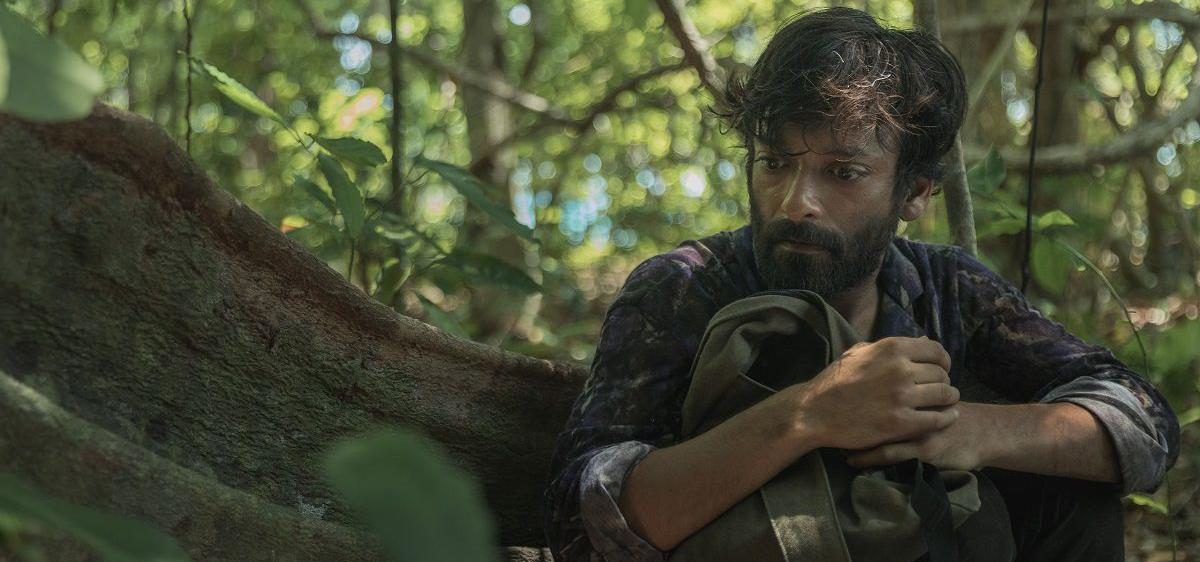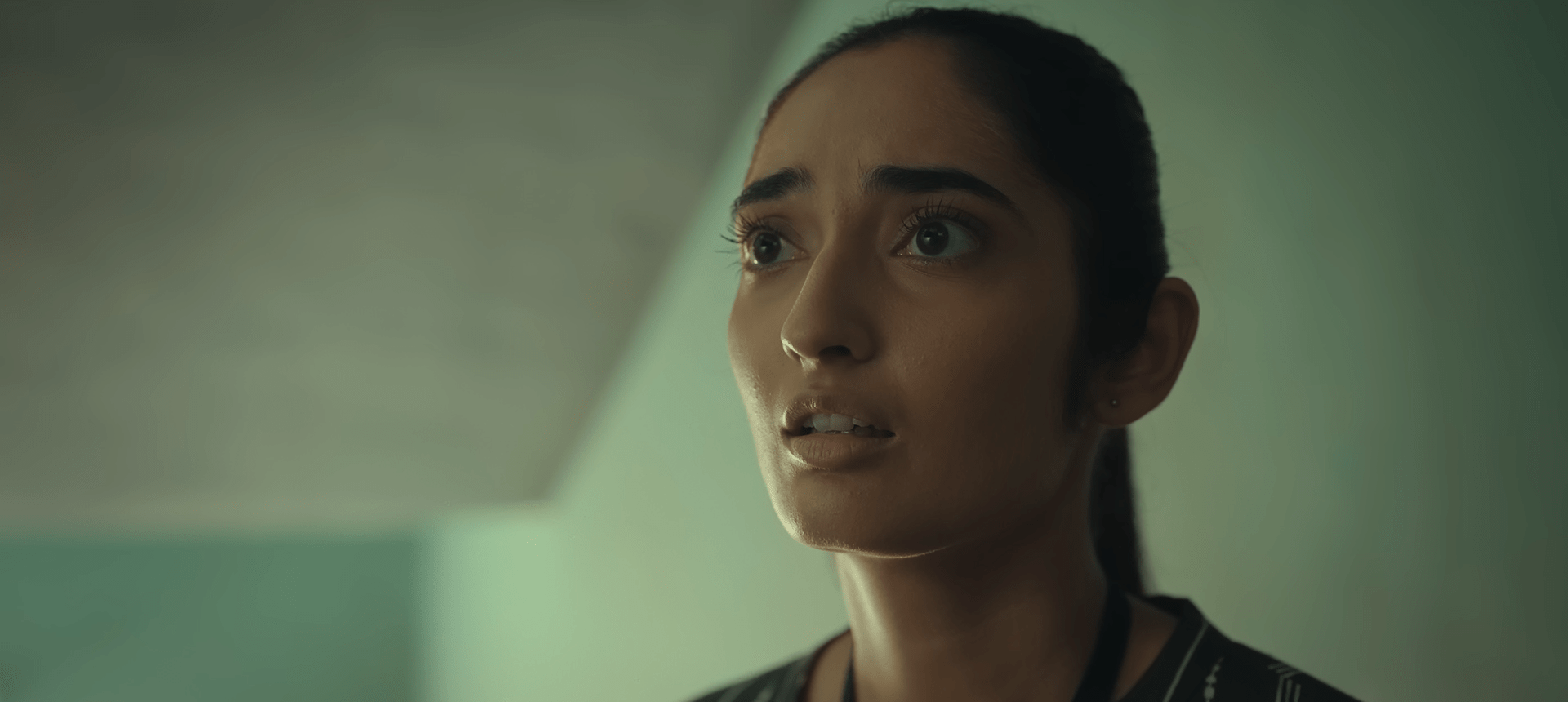In Netflix’s survival drama series ‘Kaala Paani,’ the residents and tourists in the Andaman and Nicobar Islands get exposed to a contagious disease named LHF-27. The people who get diagnosed with the same suffer from what starts as a typical fever, which soon aggravates into a life-threatening sickness. The epidemic affects all the habitable islands in the region, causing chaos among the people who get locked up in the same. Although LHF-27 is a new variant, the disease has been threatening lives on the islands for several decades, making us intrigued about its real-life connections. Well, here’s what we can share about the same!
What is LHF-27?
LHF-27 is not a real disease. The fictional bacterial disease was conceived by lead writer Biswapati Sarkar and his team for the series. However, it has unignorable similarities with the coronavirus disease, which range from the symptoms to the death rate. Like coronavirus disease, LHF-27 begins as a fever which eventually affects the vital organs. Both can be diagnosed using nasal swab tests as well. While the scientific community agrees that the coronavirus is likely derived from a bat-borne virus, the origin of LHF is connected to dead animals. The black rashes are what distinguish the sickness from coronavirus disease and the same can be connected to the emphasis on “kaala paani,” which translates to “black water.”

More than the specifics of the disease, Sarkar’s series focuses on the aftermath of a contagious disease outbreak. When LHF-27 creates havoc in the Andaman Islands, the government authorities hide its gravity from the public and try to exploit the marginalized to find a cure for the same. Upon realizing that the members of the Oraka tribal community are immune to the disease, officials under the leadership of Admiral Zibran Qadri set to exploit them for the sake of others. The series explores this division the epidemic creates, which has real-life roots as well.
When the coronavirus disease spread throughout India, the people who were affected the most must be the working-class section of the society, which prominently included migrant workers. Without employment, social protection, and basic necessities, the underprivileged suffered throughout the lockdown periods in the country and the rest of the world. As far as the Andaman Islands are concerned, in the show, the underprivileged are the tribal people who belong to the Oraka community. Through the struggles they face, Sarkar succeeds in offering an allegorical depiction of what really happens when a disease causes division among social groups.
Furthermore, Sarkar and his team conceived the series to explore what happens to a set of individuals when they are trapped in an isolated region. It is safe to say that real-life epidemics or pandemics bring out the best and worst in certain people, as made evident by the actions of selfless medical professionals and people who broke social-distancing rules during the COVID-19 pandemic. In the show, people like Jyotsana Dey and Ritu Gagra put their own lives on the line while others like Saurabh Wani seek a way out selfishly.
Read More: Netflix’s Kaala Paani: How Much of the Story is True?


You must be logged in to post a comment.